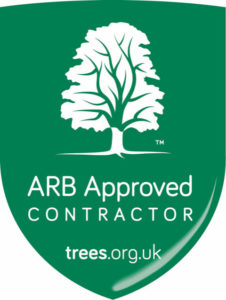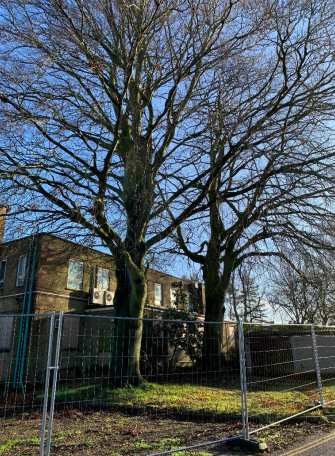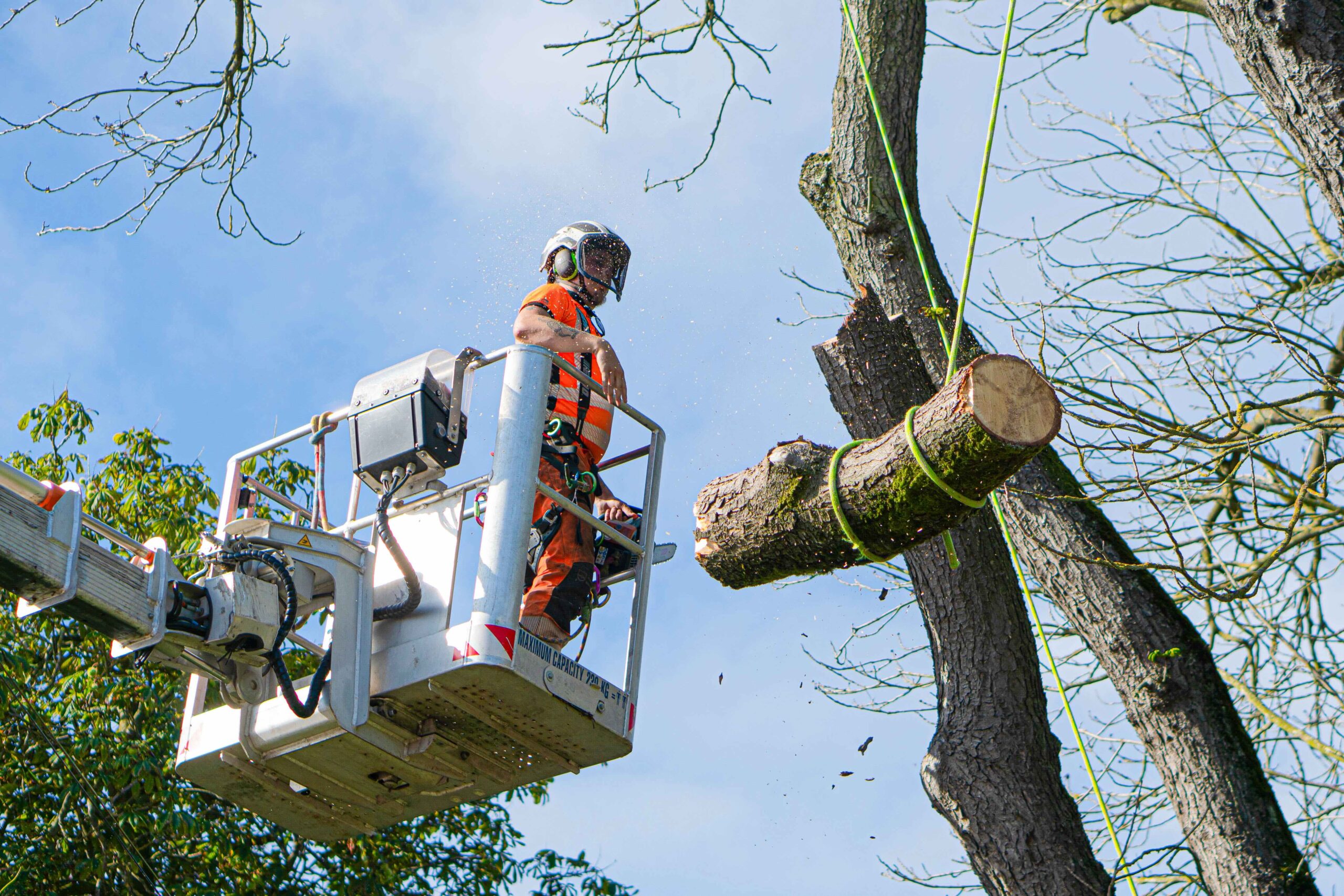When it comes to building and development, a main factor into any planning application are the trees and hedgerows and how they may be affected during any building works or any implications that may arise. As well as this, TPOs and conservation areas also need to be taken into consideration.
What is a TPO (tree preservation order)?
A TPO is an order put in place by a local planning authority in order to protect specific individual trees including their roots, groups of trees and woodlands, usually of high amenity value to a particular area. A tree preservation order (TPO) will prevent any tree work being carried out to any protected tree without written consent from the Local Planning Authority (LPA) . These works include:
- The felling and removal of said tree
- Crown reductions, raising and thinning
- Pollarding/ monoliths
- Any other remedial works except the removal of
deadwood. - Any works involved in invading the root system, including root pruning. It is the tree owners responsibility to ensure that any works required to a protected tree has been applied for through the Local Planning Authority (LPA), and that no works are carried out until written permission has been received. A TPO application can Local Planning Authority (LPA), and that no works are carried out take up to 8 weeks to be processed via the Local Planning Authority. An application can be submitted via the Planning Portal website, or via the application forms provided on the LPA’s website.
When do I need one?
When submitting a planning application, usually a BS5837 survey will be required for any trees that are located on the site alongside the planning proposals. With a BS5837:2012 survey, this will be made up of the tree survey, tree constraints plan and arboricultural impact assessment. Within the survey, trees will be assessed and given a retention category. These specify by Cat A, Cat B, Cat C and Cat U.
Cat A trees are the most important and will be retained, and are trees which will have respectable amenity value and
usually a remaining contribution of approximately 40 years left to the area. Local Planning Authorities always prefer for Cat A trees to be retained unless there is an extremely valid reason for them not to be.
Cat B trees are usually trees that have at least a remaining contribution of 20 years and will be of similar quality to Cat A trees, but potentially with less amenity value or historical features. Like Cat A trees, Local Planning Authorities also like Cat B trees to be retained where possible.
Cat C trees are usually that of poor quality with a remaining contribution of approximately 10 years. Unless within the planning proposals it is proposed for a large number of Cat C trees to be removed, the loss of a Cat C tree is usually considered and the Local Planning Authority can request for replacement planting.
Cat U trees are trees that are considered as dead, dying or as dangerous with a remaining contribution of 10
years or less. These trees don’t usually have any constraints and are usually advised to be removed.
Any trees to be retained (either Cat A or Cat B trees) are to then be protected throughout all stages of building
works, which is where the root protection areas (RPAs) come into place. In order to workout an approximate
radius of the area to protect the roots, the surveyor will measure the diameter from 1.5m of the main stem
above ground level, then multiply it by 12. In order to protect the canopy and roots from building works, herras
fencing will often be installed.
As well AIAs (arboricultural impact assessments), the surveyor carrying out the BS5837 survey will also create
tree constraints plans which will usually be created using AutoCAD to allow for architects to be able to overlay
the mapping with their designs for planning proposals.




